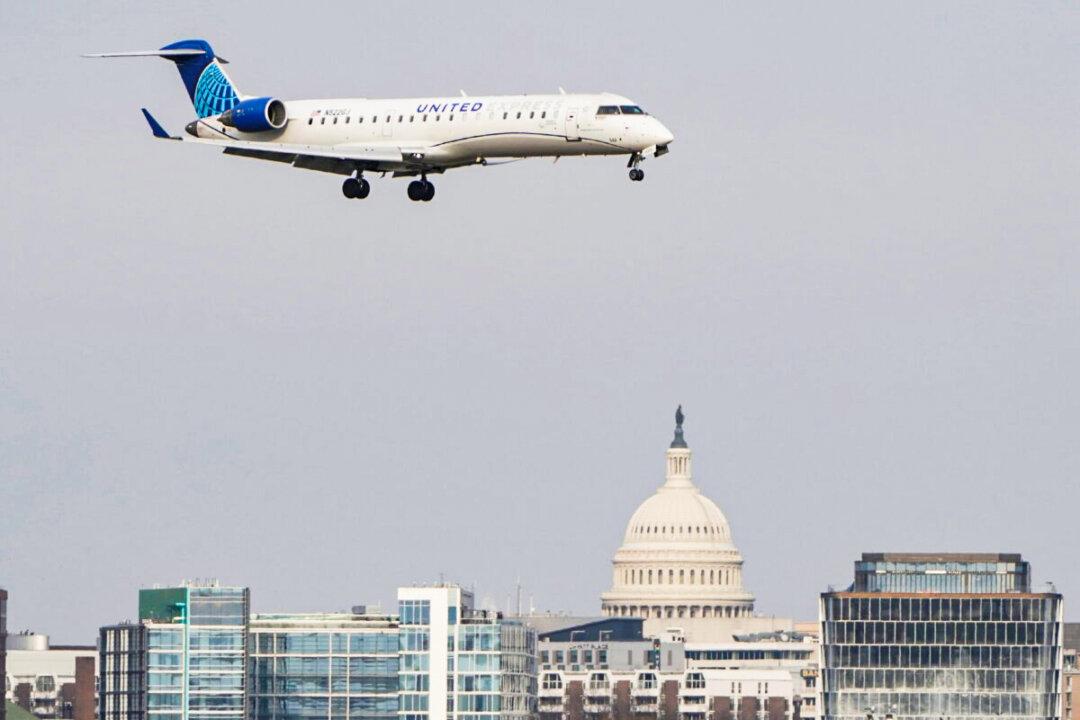More travelers around the world are eager to travel by air this summer after two years of pandemic related restrictions, leading to a boost in airline business.
The International Air Transport Association (IATA) reported on June 20, that the airline industry is expected to post a $9.7 billion loss in 2022 for a net loss margin of -1.2 percent, which is an improvement from the revised $42.1 billion in losses in 2021.“Airlines are resilient. People are flying in ever greater numbers. And cargo is performing well against a backdrop of growing economic uncertainty,” said Willie Walsh, IATA’s Director General.





